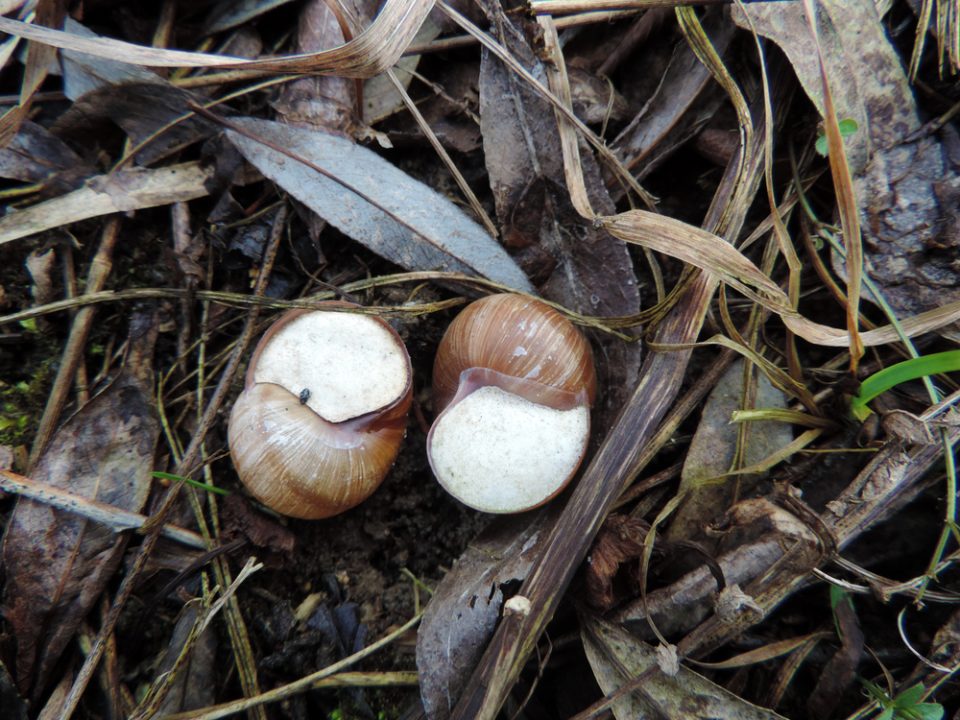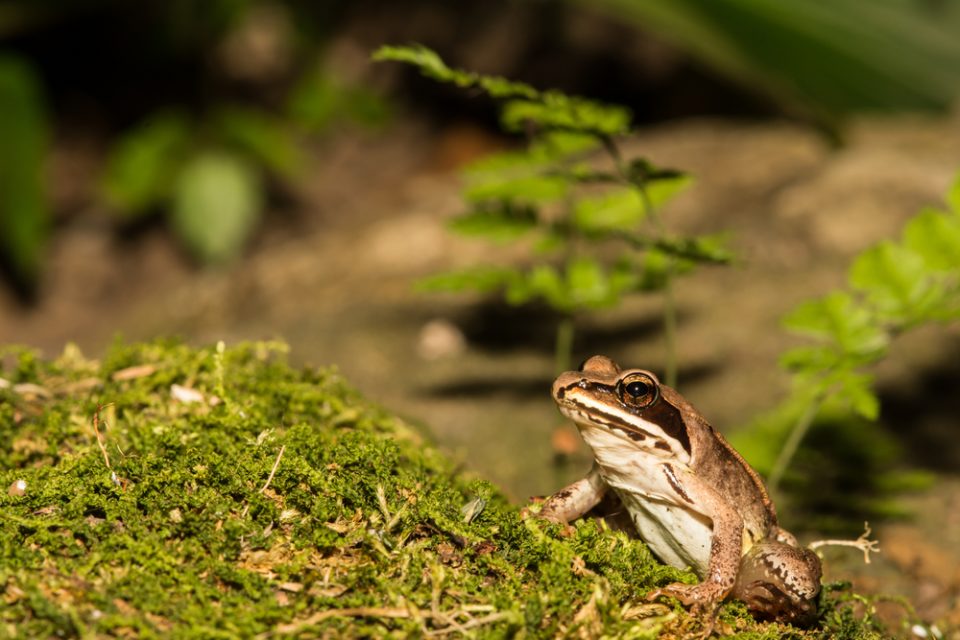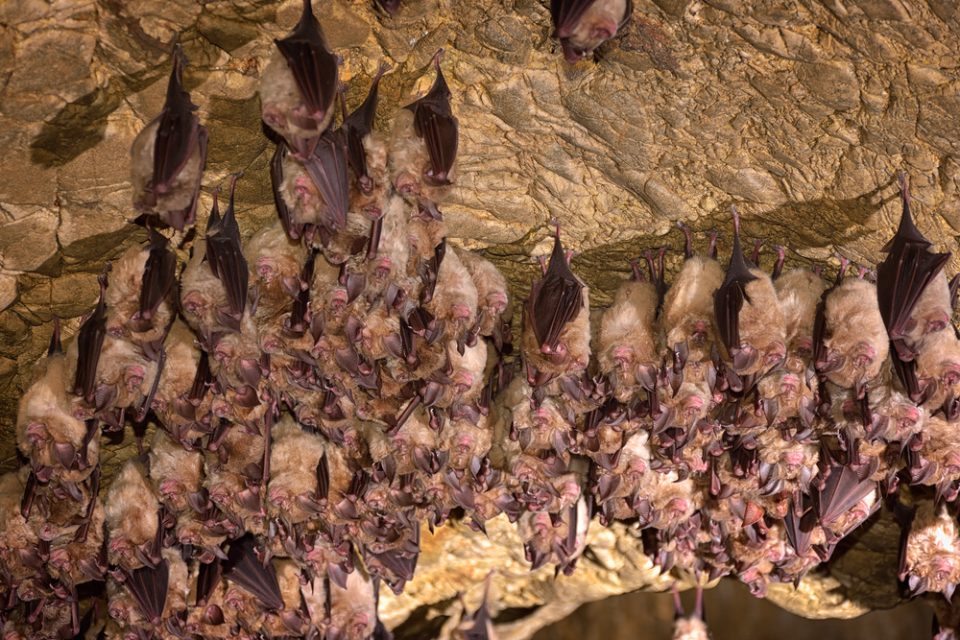
Surprising Hibernation Superpowers
Hibernation isn’t all about big fuzzy bears bulking up in the fall and trundling into caves to sleep the winter away. From Roman snails to wood frogs, some animals hibernate in truly spectacular fashion. Read on to learn about several surprising hibernation superpowers, then try building your own hibernation den with your kids.
Roman Snail Hibernation

Roman snails, also known as Burgundy snails, are famous in Europe as the basis of the French dish escargot. But they do more than taste good with butter and garlic! When the winter cold sets in, they dig a hole in the ground and pack the burrow with plants, then grow a special limestone shield that covers the entrance to their shell. Inside the shell, they make layers of mucus to insulate them from the cold. Their heart rates drop, and changes in their blood turn it into a kind of natural antifreeze. With all its adaptations, the snail can survive temperatures as low as -40°F!
Wood Frog Hibernation

For most animals, freezing solid means no chance of recovery. But the wood frog, found in many places in North America with icy winters, has a way around that. Instead of burrowing into the mud to hibernate like most frogs, it settles down under leaves and debris on the forest floor and undergoes one of nature’s most remarkable transformations—freezing solid!
To survive, the frog’s body floods its cells with glucose, a sugar that keeps the cells from freezing internally even though ice forms around its organs. The frog’s heart stops beating, it doesn’t breathe, and it doesn’t move all winter. Then, when temperatures warm in the spring, it thaws out and starts moving again. And because it doesn’t burrow into mud like other frogs, it wakes up early enough to lay its eggs in temporary ponds with no fish, helping its young avoid predators!
Bat Hibernation

Many species of bats hibernate. The greater mouse-eared bat of Europe and Asia, for instance, gathers in groups to winter in caves where the temperature stays relatively steady. The bats’ heart rates drop, and they wake up periodically throughout the winter to move around.
But not all bats take the communal cave route to hibernation. Japan’s Ussurian tube-nosed bats make themselves a little burrow in a snowbank! Much like a person building a snow cave because the air temperature inside won’t drop below freezing even if the temperature outside does, the bats dig into the snow for the winter. Scientists are still studying the phenomenon, so they don’t know exactly how the bats survive the long cold. But when the snow melts in the spring, the bats fly on their way unharmed!
Together Time
For a fun activity on a cold winter day, try building your own super hibernation den with your kids. Read the animal facts above with them, and then make a plan. What would make the best solution for their habitat (say, the living room)? Is there a place they can seal off with something and keep cozy like a Roman snail? Do they want to stock the den with some fancy hot chocolate to get a little glucose boost? Do they want to huddle in a homemade cushion cave like gray bats, or go it alone by burrowing into blankets like the Ussurian tube-nosed bat?
Once the den is made, we suggest getting some good snuggle time in. Even bats cling to their parents when they’re young.

